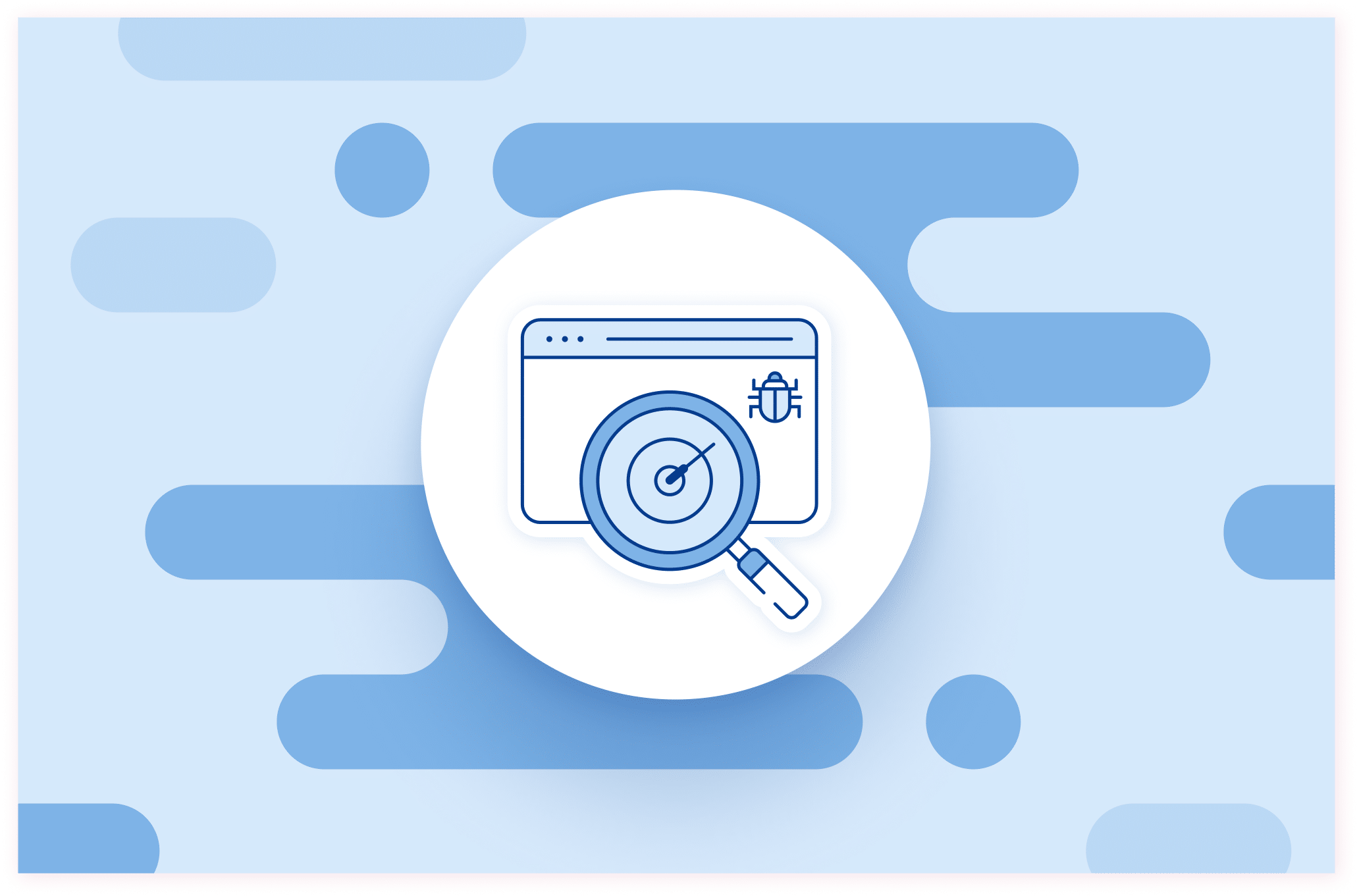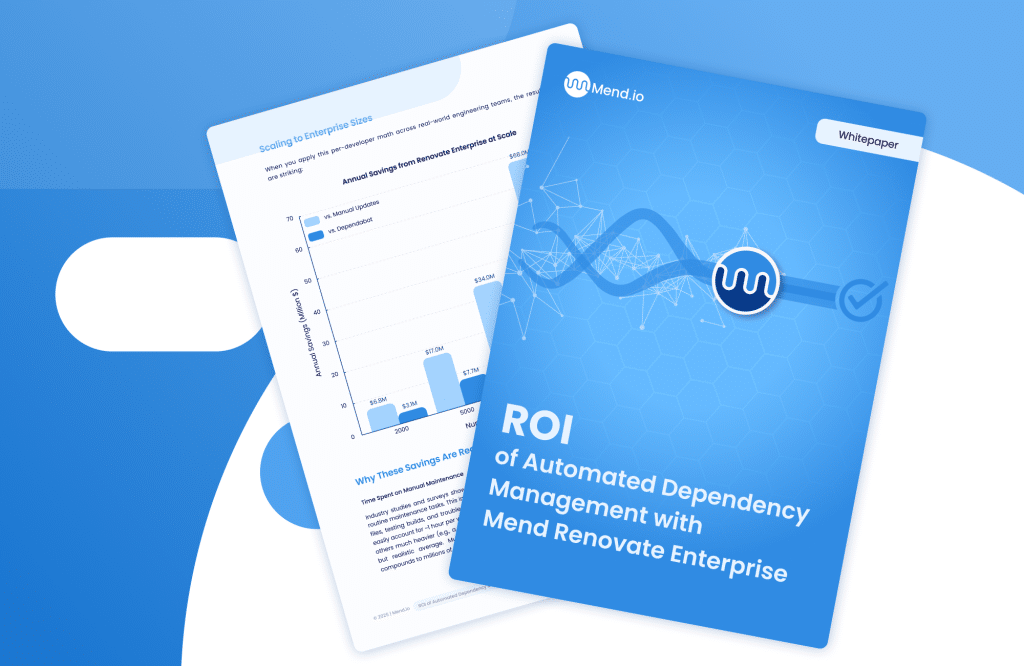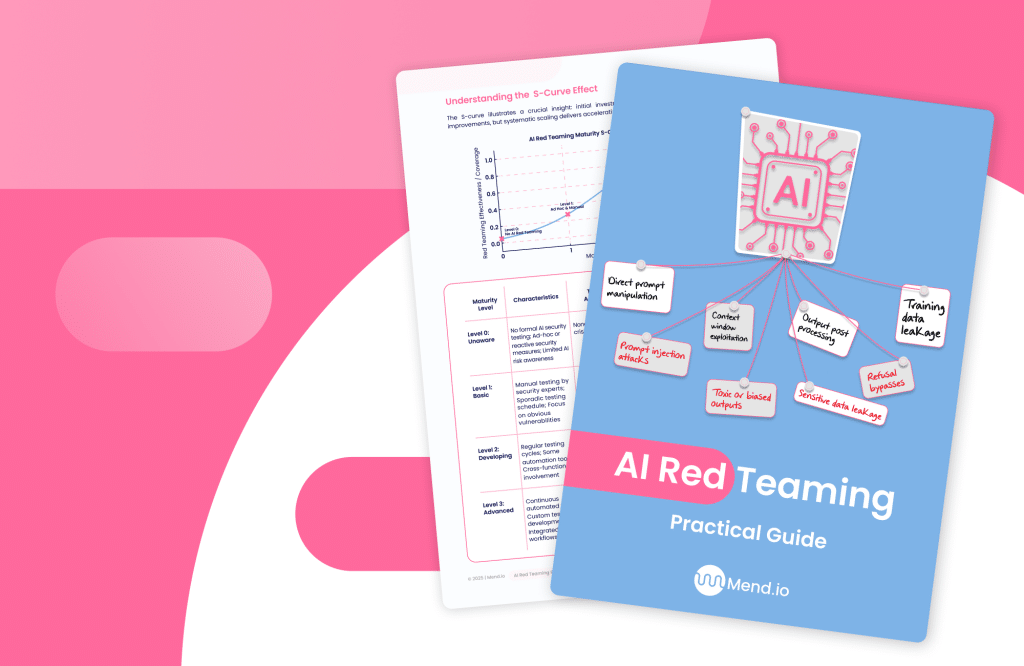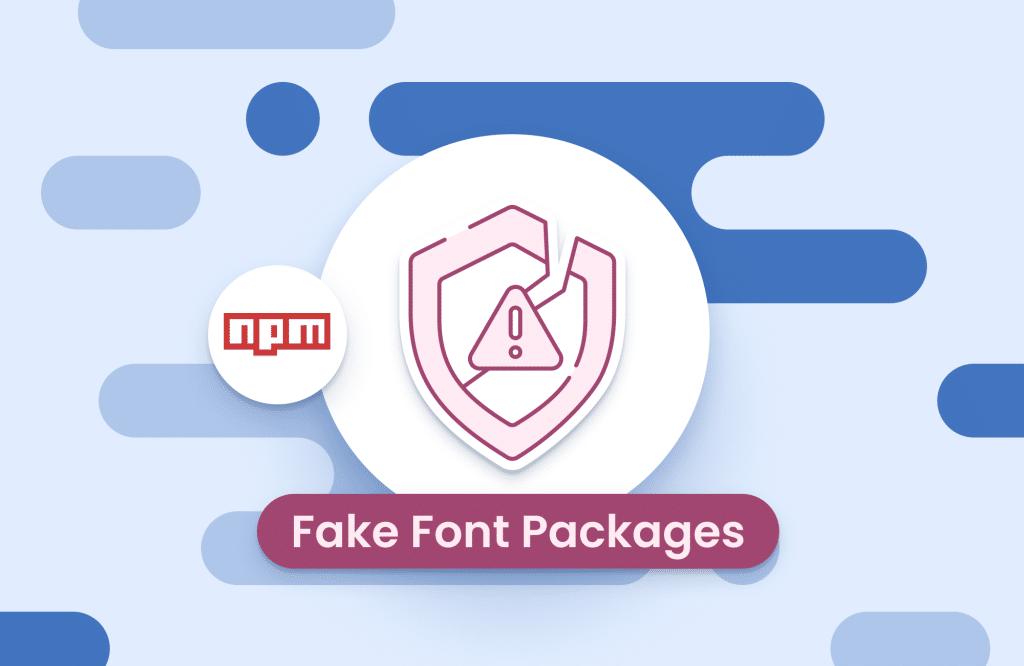Table of contents
The Top 11 Web Vulnerability Scanners

In 2025, the attack surface has grown wider than ever. Gen-AI platforms accelerate release cadences, GraphQL and gRPC replace yesterday’s REST endpoints, and software supply-chain regulation forces teams to prove, not just promise, secure development. Dynamic Application Security Testing (DAST) tools are the only practical way to exercise those live, rapidly changing apps the same way an adversary would. They crawl a running site or API, inject malicious input, and watch every byte of the response, surfacing flaws that static analysis or SCA invariably miss.
1. Astra Security
Astra offers a comprehensive DAST solution that combines automated scanning with expert-curated insights to detect both emerging and known vulnerabilities across web applications and APIs. With over 15,000 continuously updated test cases aligned with OWASP, NIST, and SANS25 standards, Astra simulates real-world attack scenarios like port scanning, subdomain takeover, and authenticated scanning to minimize blind spots. Designed for both security teams and developers, Astra features seamless integrations with tools like Slack, Jira, GitHub, GitLab, and Jenkins. Its CXO-friendly dashboard delivers tailored reports for business and technical stakeholders, while the Astranaut Bot provides guided remediation. Astra’s unlimited scans, industry-specific AI test cases, and affordability make it a powerful yet accessible solution trusted by businesses worldwide.
2. Invicti (formerly Netsparker)
Invicti’s proof-based scanning still auto-validates exploits before filing a ticket, but the 2025 release piles on ML-driven risk scoring and more than fifty plug-and-play connectors for CI/CD and messaging stacks. As teams adopt micro-front-ends, the new “branch posture” view pinpoints which repo—and owner—introduced each weakness, letting AppSec engineers coach the right squad instead of broadcasting noisy alerts.
3. Bright Security
Bright unveiled its STAR platform at RSA 2025, touting “auto-detect, auto-correct, auto-protect.” Once pointed at an app or OpenAPI spec, STAR spins up containerized micro-scanners in parallel, generates bespoke tests, proposes one-click patches, then re-runs the exploit against the patched build to prove remediation before merge. The company positions this closed loop as a way to shrink MTTR from days to minutes, even when AppSec headcount is thin.
4. StackHawk
StackHawk remains the darling of developer-first teams. Its lightweight Docker image runs inside pull-request workflows, scanning only changed routes so reviews stay sub-five minutes. 2025 improvements add first-class GraphQL introspection and a gRPC scanner that relays protocol buffers through HawkScan’s engine, covering micro-service APIs without extra scripting. A “Replay in Postman” button helps engineers reproduce each finding locally, cementing StackHawk’s place as an education tool as much as a gate.
5. GitLab DAST
GitLab 17.0 ditched its legacy ZAP fork for a home-grown, browser-centric crawler that understands modern front-end frameworks, client-side routing and service-worker caches. Results land directly in the merge-request widget; if a critical auth-bypass appears, the scanner can open a merge request that adds a failing unit test, nudging teams toward test-driven remediation without leaving GitLab’s UI.
6. Wallarm FAST
Wallarm’s FAST module piggybacks on existing functional tests. Each time your QA suite hits an endpoint, FAST injects hundreds of AI-generated mutations, effectively turning Selenium or Cypress scripts into a DAST harness. The latest release inventories “shadow APIs,” builds a lineage graph, and prioritizes scans for endpoints handling personal data—crucial for GDPR and CCPA compliance audits.
7. ImmuniWeb Neuron
Neuron marries automated ML-based crawling with human pentesters on standby. Complex single-page apps receive thousands of checks, then customers can ask ImmuniWeb’s crew to exploit anything that looks novel. Version 2025 focuses on AI supply-chain risk: prompt-injection tests for LLM widgets, weight-file integrity checks, and model-manipulation payloads arrive out of the box.
8. Detectify
Detectify continues to crowdsource payloads from a community of ethical hackers and fold the most effective ones into its engine. A newly released AI module crafts exploit chains in real time, improving zero-day coverage without lengthening scan windows. Continuous asset discovery now alerts teams when DNS records drift, TLS certificates near expiry, or forgotten staging sub-domains resurface—an added layer of attack-surface management.
9. OWASP ZAP (open-source replacement)
The free, open-source Zed Attack Proxy stepped up in 2025 with release 2.14.0. Highlights include headless Docker images optimized for GitHub Actions and GitLab CI, native GraphQL and gRPC add-ons, a YAML-based “scan-as-code” automation framework, and a plug-in store hosting AI-generated attack packs. The GitHub “Full Scan” Action has crossed 2,700 stars, reflecting widespread adoption for repo-native security gates. Transparency remains ZAP’s ace: security teams can read every rule, write custom scripts in JavaScript or Kotlin, and even fork the engine to meet specialized regulatory demands—all without licensing fees.
10. Veracode Dynamic Analysis
Veracode folded the Crashtest engine into its cloud portal, bringing DAST alongside the vendor’s well-known SAST and SCA offerings. Agent-based scanning allows internal, VPN-only pre-prod sites to be tested from the SaaS console. The latest update handles MFA workflows automatically, crucial for enterprises that front everything with SSO. Teams can also generate auditor-ready evidence bundles mapped to NIST SSDF controls—no spreadsheet jockeying required.
11. Rapid7 InsightAppSec
Rapid7’s June 2025 release introduced AI Attack Coverage, adding tests for prompt-injection, RAG misconfiguration and hallucination exploitation. The revamped Boolean SQL-Injection module slashes noise, while a new “Evidence Panel” shows exactly what payload, response body, and model output convinced the engine a finding was critical—boosting trust in automated triage.
How to choose among them
Match scans to your cadence. Developer-heavy SaaS shops that merge dozens of pull requests an hour gravitate toward StackHawk or GitLab DAST because they finish in minutes and embed directly into code review. Enterprises under audit scrutiny often prefer Veracode or Invicti for their compliance reporting and proof-based validation. Teams chasing full attack-surface visibility combine Detectify’s external monitoring with an in-pipeline tool like Bright or Rapid7.
Mind the ecosystem. If your stack lives in GitLab, a built-in scanner simplifies onboarding. If you are all-in on open source and need to hack the rules, ZAP is unrivalled. Multi-cloud micro-service shops should weigh how well each scanner parses Swagger, OpenAPI, GraphQL schemas and async protocols like gRPC.
Prioritize MTTR, not raw counts. A modern scanner’s value shows up when it reduces mean time to remediate. Bright’s auto-patch loop, Invicti’s proof-based tickets, and Rapid7’s explainable evidence help developers fix faster. Measure those workflows in a proof of concept before signing a check.
Budget tactically. ZAP costs nothing beyond compute. Commercial SaaS scanners charge per-app, per-scan or by traffic. Some offer unlimited internal targets but charge steeply for public-facing scans. Model real usage—production, staging, feature branches—so invoices don’t surprise Finance six months in.
Plan for AI risk. Whether you embed ChatGPT in a support portal or use an LLM to generate email recommendations, new classes of vulnerabilities appear: prompt-injection, retrieval bypass, model poisoning. Rapid7, ImmuniWeb, Bright and Detectify already scan for those flaws; others will follow. Make AI coverage a line item in your RFP.
The bottom line
DAST is no longer a “nice to have” quarterly exercise; it is a daily guardrail that keeps ever-changing code honest. The eleven scanners above cover the spectrum from free community tooling to enterprise audit suites, from developer-centric Docker images to autonomous remediation robots. Choose the platform—or mix of platforms—that aligns with your pipeline speed, compliance load, and appetite for open source contribution. Integrate deeply, tune fail thresholds, and track MTTR relentlessly.
In the AI-first era, the only constant is fast change. Organizations that embed continuous dynamic testing today will preserve brand, revenue and user trust tomorrow—no matter how the threat landscape mutates.







